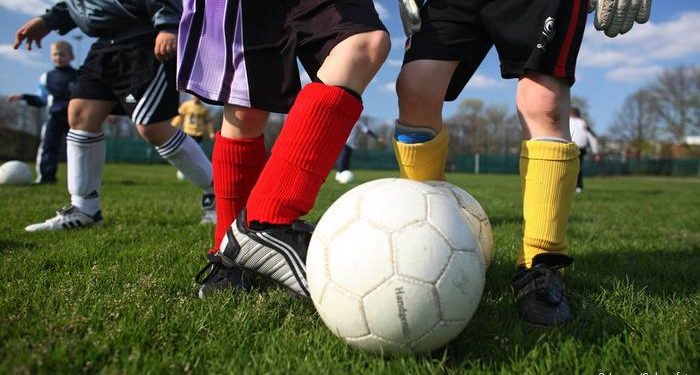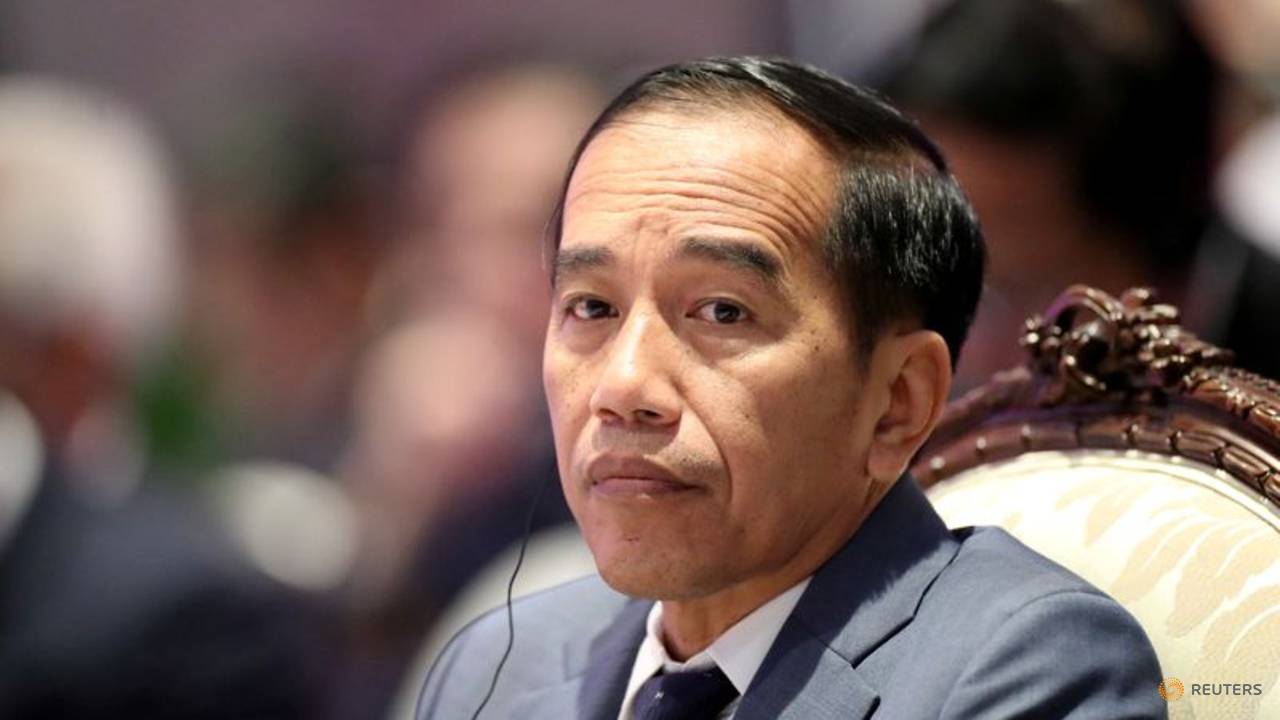“Hello everyone, after a long time of reflection our son has decided to leave the club.”
This is the Whatsapp message that a young football player’s parents wrote in a parents’ group of a regional league football team recently. That’s the highest-level of football in Germany for players under the age of 17. The 14-year-old, who was the best striker on his team, decided to give up the sport. The decision came as a bombshell for both teammates and parents – including his own.
Professor Hans-Georg Predel of the German Sport University Cologne says the lack of training and play due to COVID-19 restrictions is likely to have been a factor in the youngster’s decision.
“This could also mean an end to his sporting career,” he told DW.
However, according to the professor, who is a researcher in physical activity and high-performance exercise in childhood and adolescence and as well as in biological adaptations in high-performance athletes, behavioral patterns among 10 and 18-year-olds are quite inconsistent.
“Young people… are searching for their personal path in life, and this implies a great willingness to try out new things,” Predel said.
COVID-19 has disrupted the sporting paths of young athletes all over the world, with many experiencing more than one lockdown, forcing training, leagues and tournaments to be placed on hold.
A lost generation
In Kenya, sports came to a complete standstill from the first lockdown in March until the beginning of October, when athletes in individual sports were able to return to training. In football, the Kenyan Premier League season only resumed play last month.
But young athletes weren’t able to return to the pitch even when the schools reopened in October – and this poses a huge problem.
“We basically lost almost a year, like a generation. And we in the sport industry know how critical it is for a certain age group to remain active and continue to train,” Kenyan sport journalist Carol Radull told DW, adding that this has also impacted the development of young players.
Unlike in Germany, there is no developed system of sports clubs in Kenya, so youth sports are the domain of the school system. Academies are reserved for those whose parents have the necessary means. So, according to Radull, the only path for an athlete to get noticed by professional scouts is through events and tournaments organized through the Kenyan school system, which includes sports like football, field hockey and swimming on its curriculum.
Germany’s new solutions
In Germany, which is currently grappling with a second wave of COVID-19 infections, the number of competitions taking place in youth sports has been drastically reduced.
“This is dramatic for the players because it is completely new to them. Before the pandemic their lives were completely different,” Friederike Kromp, head coach of Germany’s under-17 girls’ football team told DW.
Youth national teams draw their players from amateur clubs, via Germany’s regional associations.
To keep young players motivated during the lockdown, Kromp and coaches such as Nate Weiss, technical skills and individual trainer at FC Nuremberg, have developed virtual training sessions designed not only to improve football skills, but also focusing on issues like mental stability, social media and diet.
The sessions, which were originally developed exclusively for youth national team players, are now being made available to other youths in under the DFB’s (German Football Assocation) talent-development program known as the Fussball Stützpunkt. Thousands of young players from more than 300 high-performance centers around the country have been participating in the sessions.
“We started to bring the players together via Zoom or other video platforms to train together. Everyone can follow the training sessions from their own living rooms or backyards, and it’s worked very well,” Kromp said.
“We have to try to make the best of things and motivate the youngsters. We need to be there for them and also give them a reason for hope.”
Interaction inhibited
In the United States, youth sports resumed when schools reopened after the summer break. The Centers for Disease Control and Prevention’s guidelines to reduce the risk of infection were a relief for some youth sports clubs but also criticized by many.
While major youth soccer tournaments such as the Youth Soccer National League, the largest youth sports organization in the country, has postponed events in some states, others still allow sports activities.
Sporting Omaha FC established the first girls’ soccer development academy and remains the only one in Nebraska that has the highest level of play in youth soccer under the US Soccer Development Academy. The Omaha FC girls’ academy provides young talents with an environment in which they can develop their game. Its aim is to empower the young players to reach their full potential. Its tournaments regularly draw dozens of American scouts and Division 1 college coaches. Its staff are also involved in strategic planning of youth development and competitive platforms.
Alex Mason, director of coaching at Sporting Omaha FC, where training with masks is mandatory, told DW that “it is really hard for young players to read facial expressions when the coaches are wearing masks. So there are a lot of interactions that are wasted, and we are missing out with our younger players.”
Mason also says that the pandemic has had an impact in participation, particularly at the recreational level.
“I am not sure if we are going to lose an entire generation of players, but I know just from the recreation point of view, there has been a dropoff in registrations of at least 30%.”
The day after the pandemic will come
While youth coaches, sports clubs and sports ministries look for solutions, some believe this year’s state of limbo will have long-term effects in amateur sport and national programs.
But Kromp, the German under-17 girl’s coach, argues that there are ways that these effects can be mitigated and she says it’s also important to recognize that nothing that none of the work youngsters do during a lockdown will be a waste of time.
“The day after the pandemic is over will come,” she stressed.
Read from source: https://www.dw.com/en/the-challenges-covid-19-poses-for-youth-sports/a-55977439










